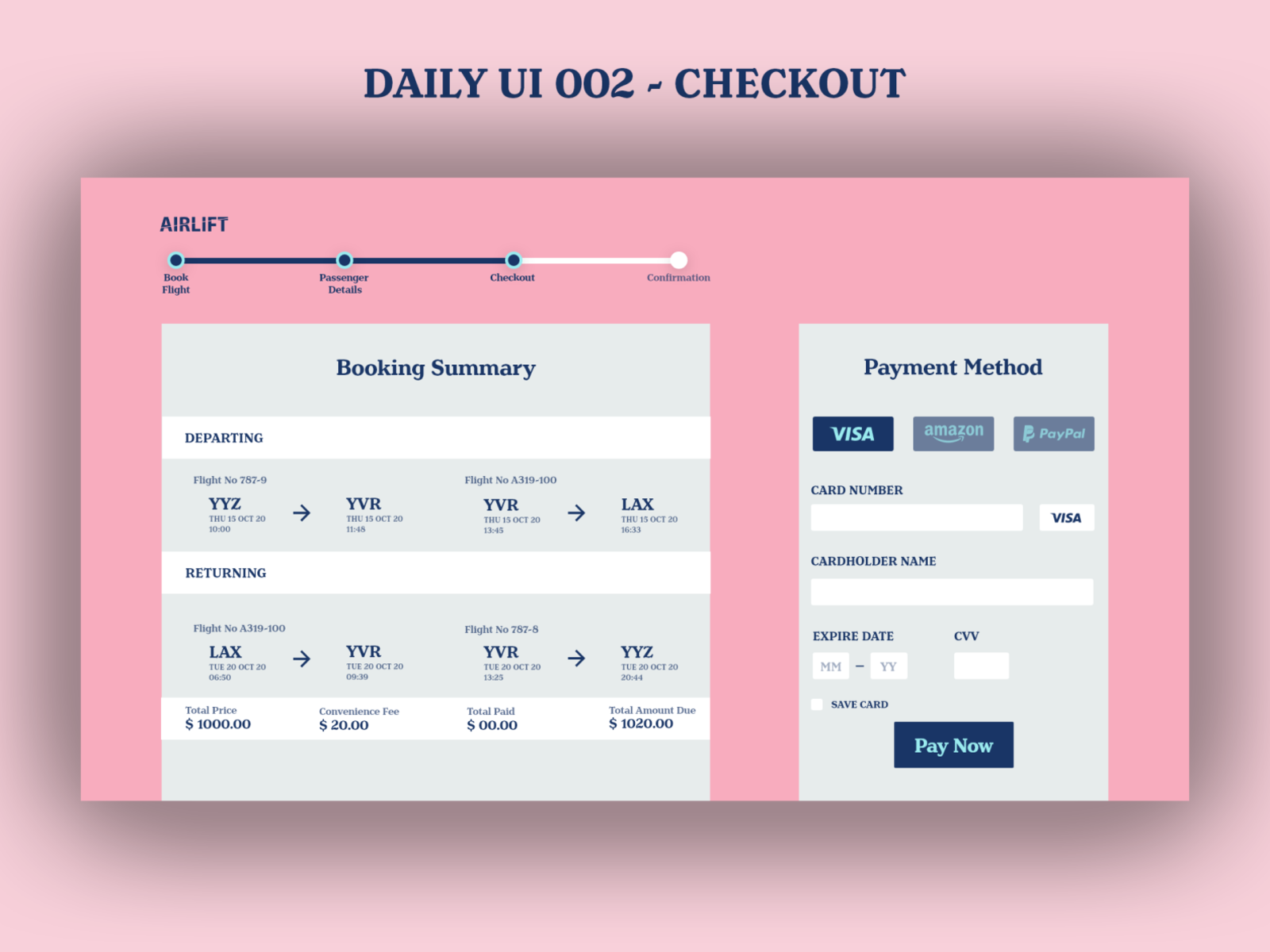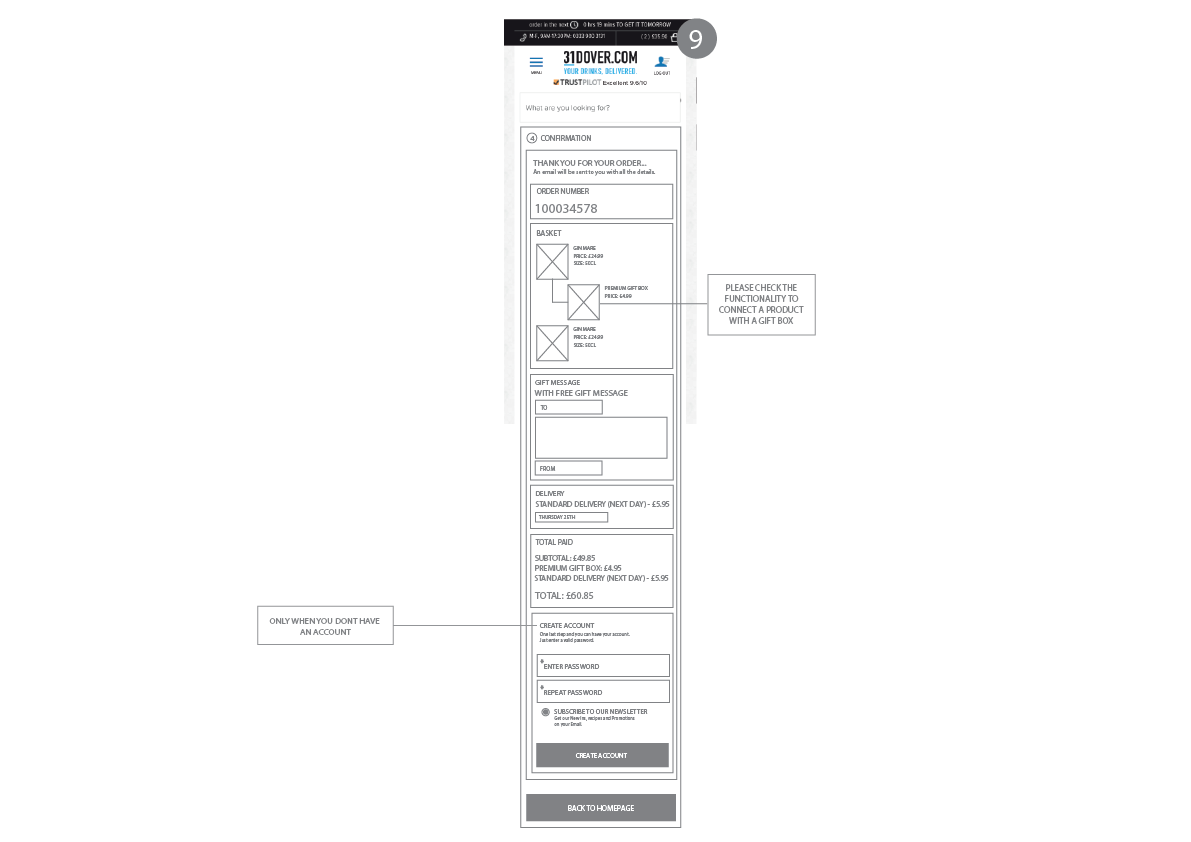

Just like the rest of your website, having a mobile-optimized checkout page is essential. This gives you the chance to see if there’s anything on the checkout page that’s distracting them away from completing the purchase. Heatmaps allow you to track visitor interactions on your website and the areas they’re clicking on the most. Keep distractions to a minimum to ensure customers can carry out the checkout process correctly.Ī great way to ensure you aren’t distracting your customers is to use a heatmap. Always include a section that makes it clear you’re keeping customer data safe and secure. Trust signals are a great way of making users feel safe handing over sensitive data to make a purchase. Guest Checkoutįorcing customers to create an account in order to checkout is a sure-fire way to make them abandon their carts and leave your online store behind.Īlways offer customers the option of checking out as a guest to ensure you don’t lose their custom. Try not to get carried away asking them for too much information – stick to the basics such as name, address, email, and payment details. Keep the design of your checkout page as simple as possible in order to make the checkout process easy for customers. To help you out we’ve listed below some of the critical elements that make a good checkout page for you to apply to your own ecommerce site. Attracting customers to your online store has been a success, now you just need to make sure that you don’t lose them at the final hurdle. If a customer has made it as far as your checkout page then you’ve clearly been doing something right. Although this can make the process slightly longer for customers it does have some advantages, mainly that if a customer abandons their cart mid-way through the checkout process, you’ll still have access to the data they entered on previous pages. Multi-Page Checkout – multi-page checkout is where the checkout process occurs across multiple pages. Customers can find all of the data entry points and information they need on one page, and don’t need to navigate back and forth between pages to confirm they’ve inputted the right information. One-Page Checkout – one-page checkout speeds up the whole process and makes placing an order super simple for customers.

There are two common types of checkout pages that you can use for your online store. It’s also where customers can see shipping and payment information.Ĭheckout pages collect information from customers that are essential to complete their orders including: You can use the git checkout command to undo changes you’ve made to a file in your working directory.A checkout page is a page on your website where the checkout process and transactions occur. Git checkout -force BRANCH-NAME Undo Changes in your Working Directory When you run the following command, Git will ignore unmerged entries: git checkout -f BRANCH-NAME Basically, it can be used to throw away local changes. You can pass the -f or -force option with the git checkout command to force Git to switch branches, even if you have un-staged changes (in other words, the index of the working tree differs from HEAD). This is equivalent to running git branch with -f. If the BRANCH-NAME branch already exists, then Git resets the branch to START-POINT.

If the BRANCH-NAME branch doesn’t exist, Git will create it and start it at START-POINT. The following command is similar to checking out a new branch, but uses the -B (note the captital B) flag and an optional START-POINT parameter: git checkout -B BRANCH-NAME START-POINT Checkout a New Branch or Reset a Branch to a Start Point This will automatically switch you to the new branch. To create and checkout out a new branch with a single command, you can use: git checkout -b NEW-BRANCH-NAME You have three options to handle your changes: 1) trash them, 2) commit them, or 3) stash them. Generally, Git won’t let you checkout another branch unless your working directory is clean, because you would lose any working directory changes that aren’t committed. To checkout an existing branch, run the command: git checkout BRANCH-NAME We can get the specific commit id’s by running: git log Checkout an Existing Branch To checkout a specific commit, run the command : git checkout specific-commit-id There are a number of different options for this command that won’t be covered here, but you can take a look at all of them in the Git documentation. The git checkout command switches between branches or restores working tree files.


 0 kommentar(er)
0 kommentar(er)
